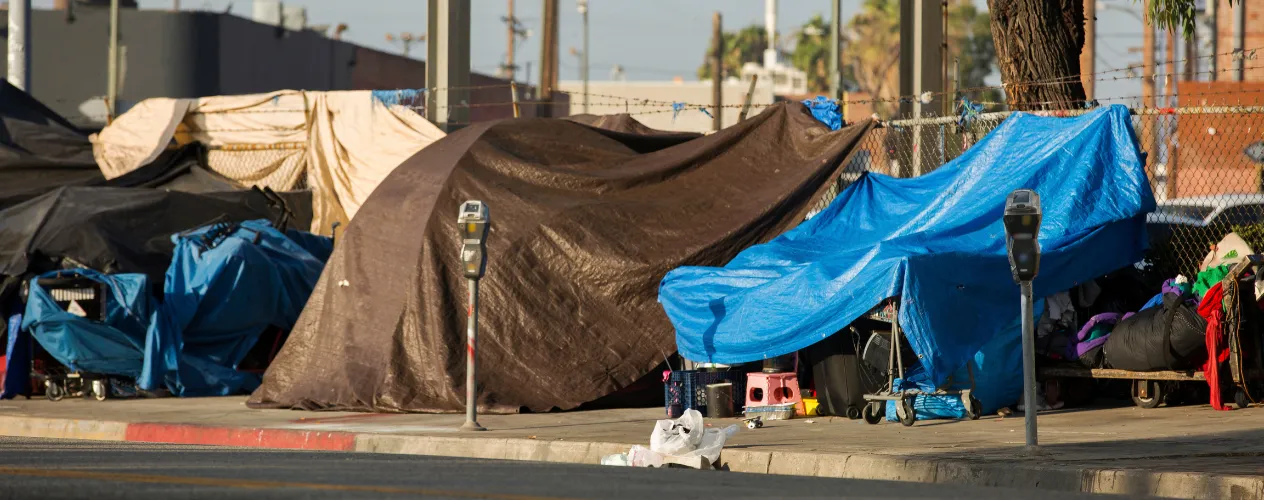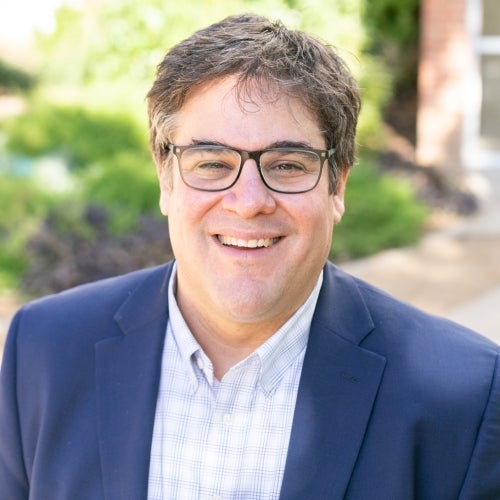"Homeless camp sweeps result in police citations as often as housing offers, survey finds"

A countywide sample of unsheltered homeless people surveyed on their mobile phones reported that police were more likely than outreach workers to be their initial contact during sweeps of homeless encampments and that they were as likely to be cited as to gain housing.
More than half of 346 people participating in the survey experienced an encampment sweep which the researchers defined as “forced relocation” from where they were sleeping. Most were moved more than one time during the six months of the study.
More than half of the sweeps involved police contact, with only 15% involving a homelessness outreach worker, survey respondents said. Nine percent of those who reported being in a sweep were ticketed by police, the same percentage that received any kind of housing, whether temporary or permanent.
The survey did not include a question about the city of Los Angeles’ Inside Safe program initiated by Mayor Karen Bass or its L.A. County counterpart, Pathway Home, but will in the future. Both of those stress outreach and offers of shelter with a pathway to permanent housing.
The findings were released Tuesday in the fall update of the Periodic Assessment of Trajectories of Housing, Health and Homelessness Study (PATHS), a joint USC-UCLA project to gain a better understanding of homelessness by tracking the same people over time.
Participants receive $10 gift cards to sign on to a mobile phone app monthly to report where they stay, how they feel, what kind of help they’re getting and how they’re affected by policies such as anti-camping ordinances in Los Angeles and other cities.
The longitudinal data gives the researchers a picture of individual lives that cannot be gleaned from the large counts mandated every two years by the U.S. Department of Housing and Urban Development, but conducted annually in many places, including Los Angeles.
It found, for example, a small and slow trend of unsheltered people moving into either shelter or some form of permanent housing, but at the same time that people move frequently between shelter and the street. Of respondents followed for at least three months, only 7% entered permanent housing, while 24% entered temporary housing. Compared to the 9% in permanent housing who returned to the streets, 41% of those in a shelter did.
“I think the big message here is that interim options are just an extension of the street,” said co-author Randall Kuhn, professor in UCLA’s Fielding School of Public Health. “I always leaned more in the direction that it’s important to provide options to encourage people to get inside one way or the other, but some of the trend results on retention and on outcomes really seem to suggest that permanent housing is the only good option.”
A deeper probe of the data found a possible exception with temporary housing in hotels and motels. Respondents in hotels reported half the emergency room visits and less than a fourth of the missed healthcare appointments as those in other types of shelter while illicit drug use was higher.
“The jury is still out on hotels, especially a hotel model that includes some of the services that the city and county are trying to provide,” Kuhn said. “I think there is promise there.”
The researchers plan to release regular reports, with updates in the coming months covering violence, discrimination, aging and street medicine.
The survey is conducted by the UCLA Fielding School of Public Health and the USC Suzanne Dworak-Peck School of Social Work and funded by the Conrad N. Hilton Foundation, the USC Homeless Policy Research Institute, the UC Office of the President and the UCLA Initiative to Study Hate.
The initial report, released in October 2022, found confusion about L.A.’s anti-camping ordinance and laws in other cities. Only a quarter of respondents felt informed about the laws, while 43% said they thought they would be forced to move and 30% had no opinion.
For the latest report, the survey included a question specifically on sweeps: “In the past 30 days, did anyone tell you that you had or were going to have to move from the area you were sleeping in because of a ‘sweep’ or of a no camping or sitting/sleeping/lying law?”
The researchers acknowledged ambiguity in the meaning of “sweep,” which may have different manifestations in many of the county’s 88 cities. In Los Angeles that could be routine sanitation cleanups that force people to move only for a few hours or enforcement of the city’s law that prohibits camping near sensitive places such as schools and specific areas designated by City Council members.
Some respondents may have mistaken Inside Safe with other types of sweeps, but Kuhn said he thought the number would be minimal.
A question specifically addressing Inside Safe has been added to the survey for future reports, he said.
